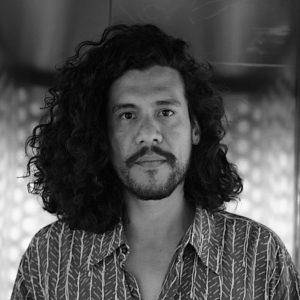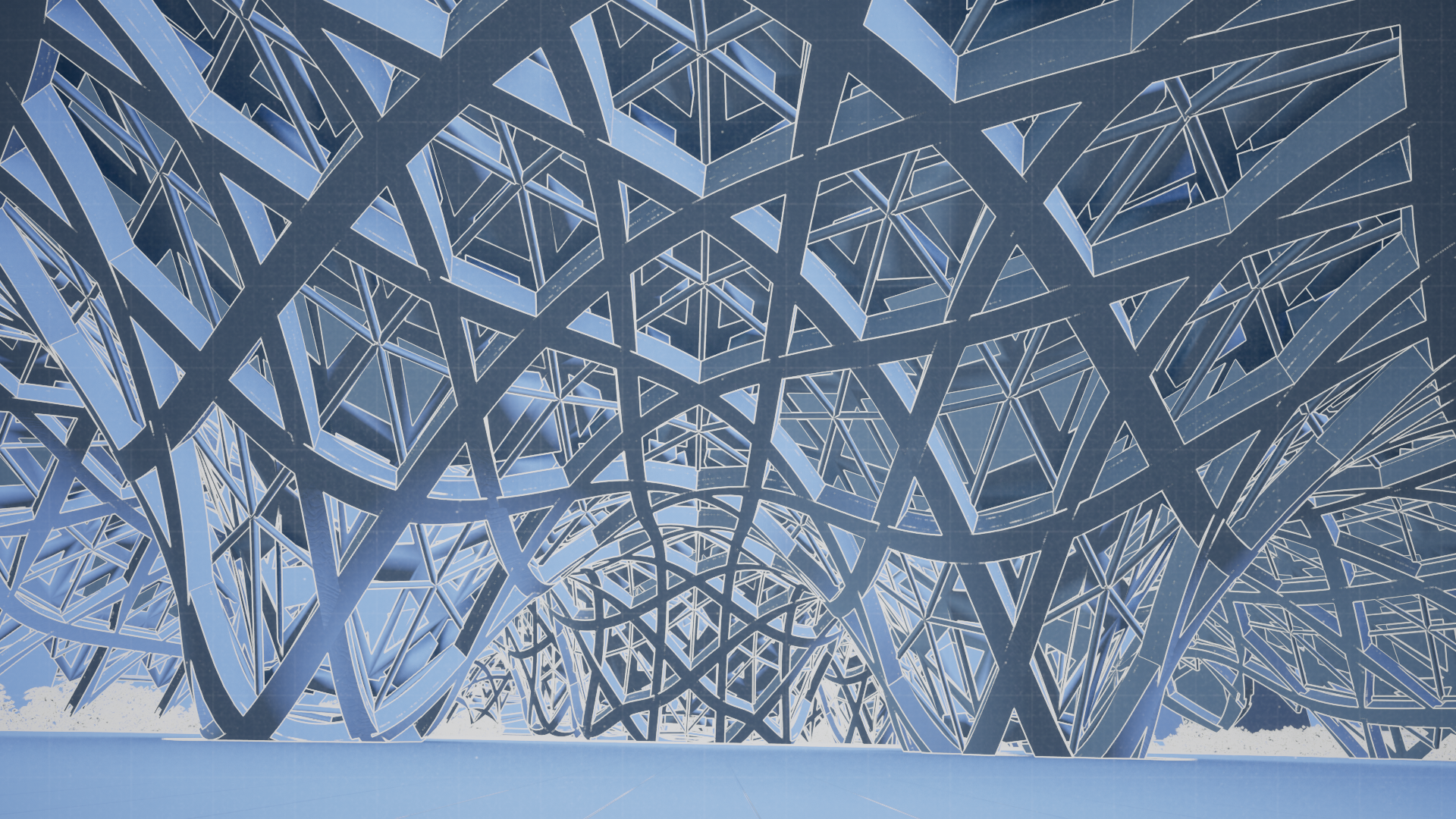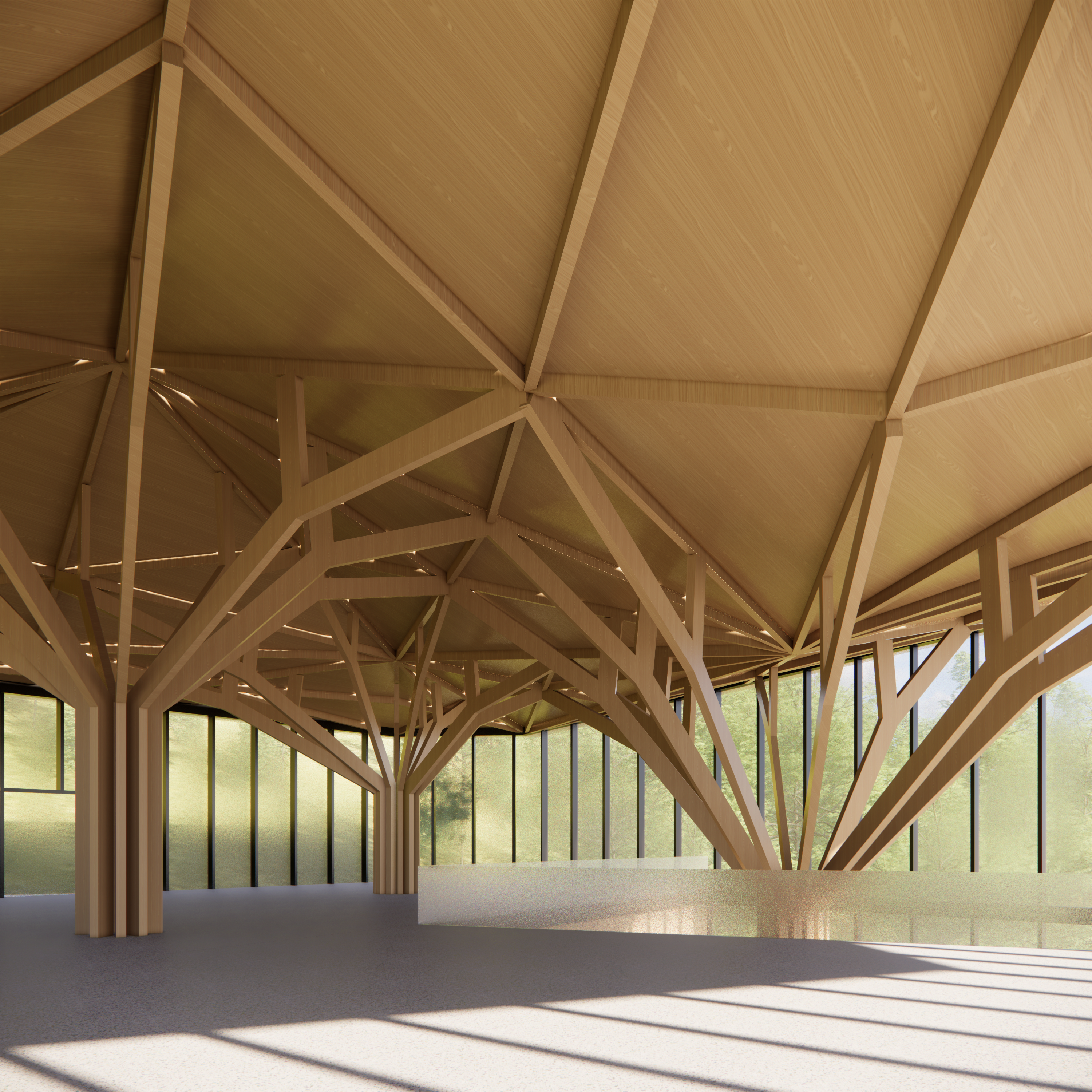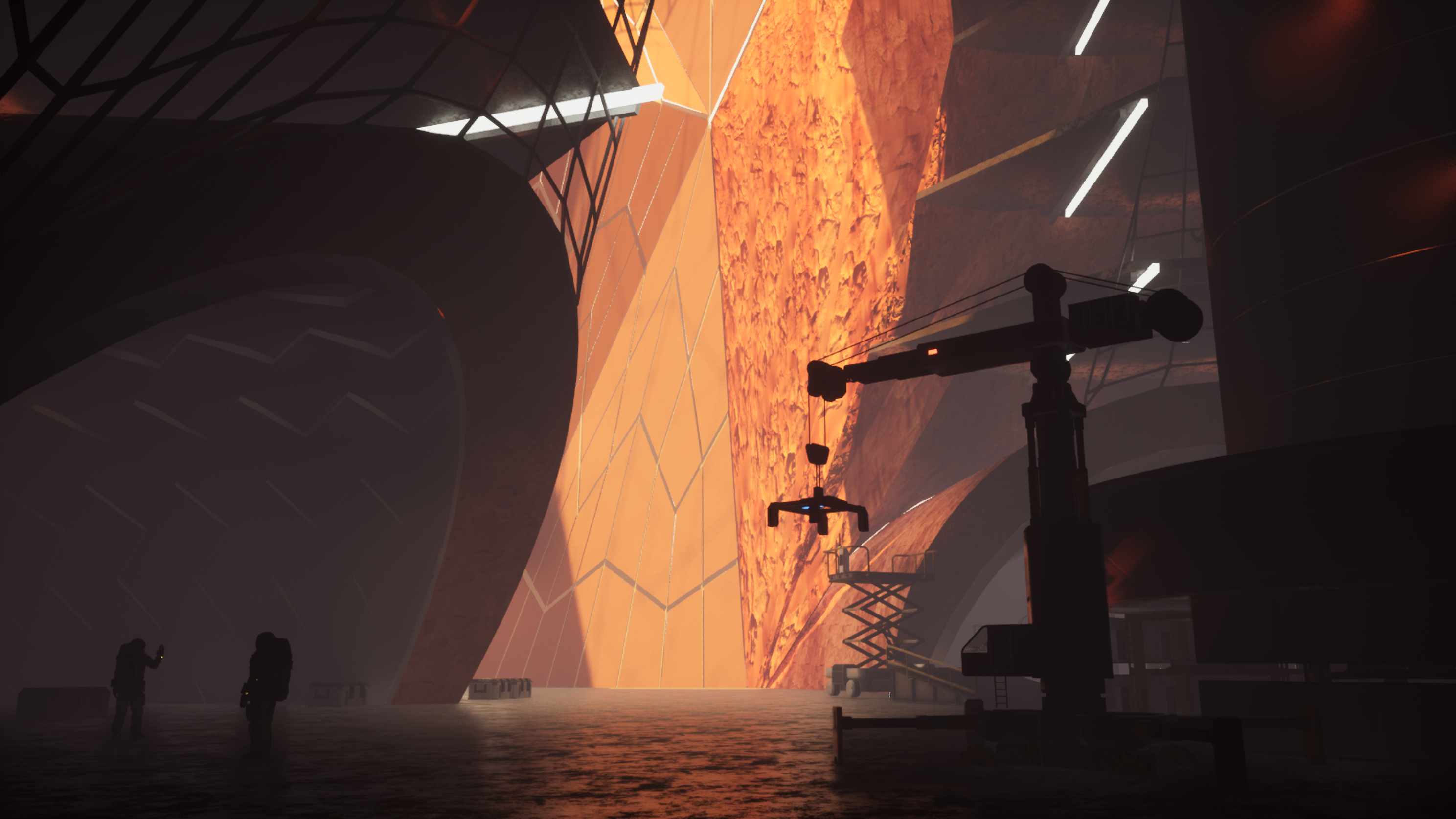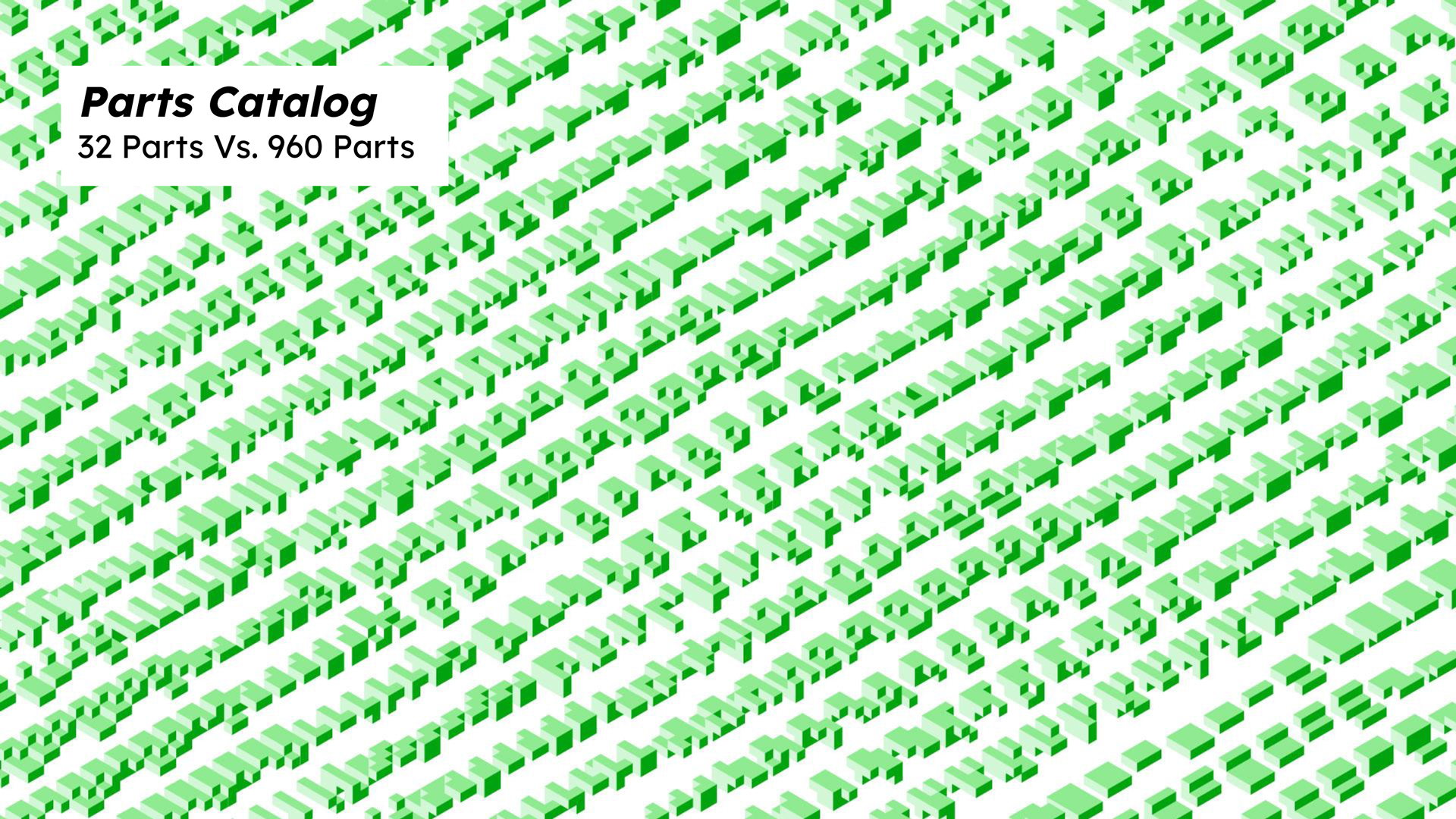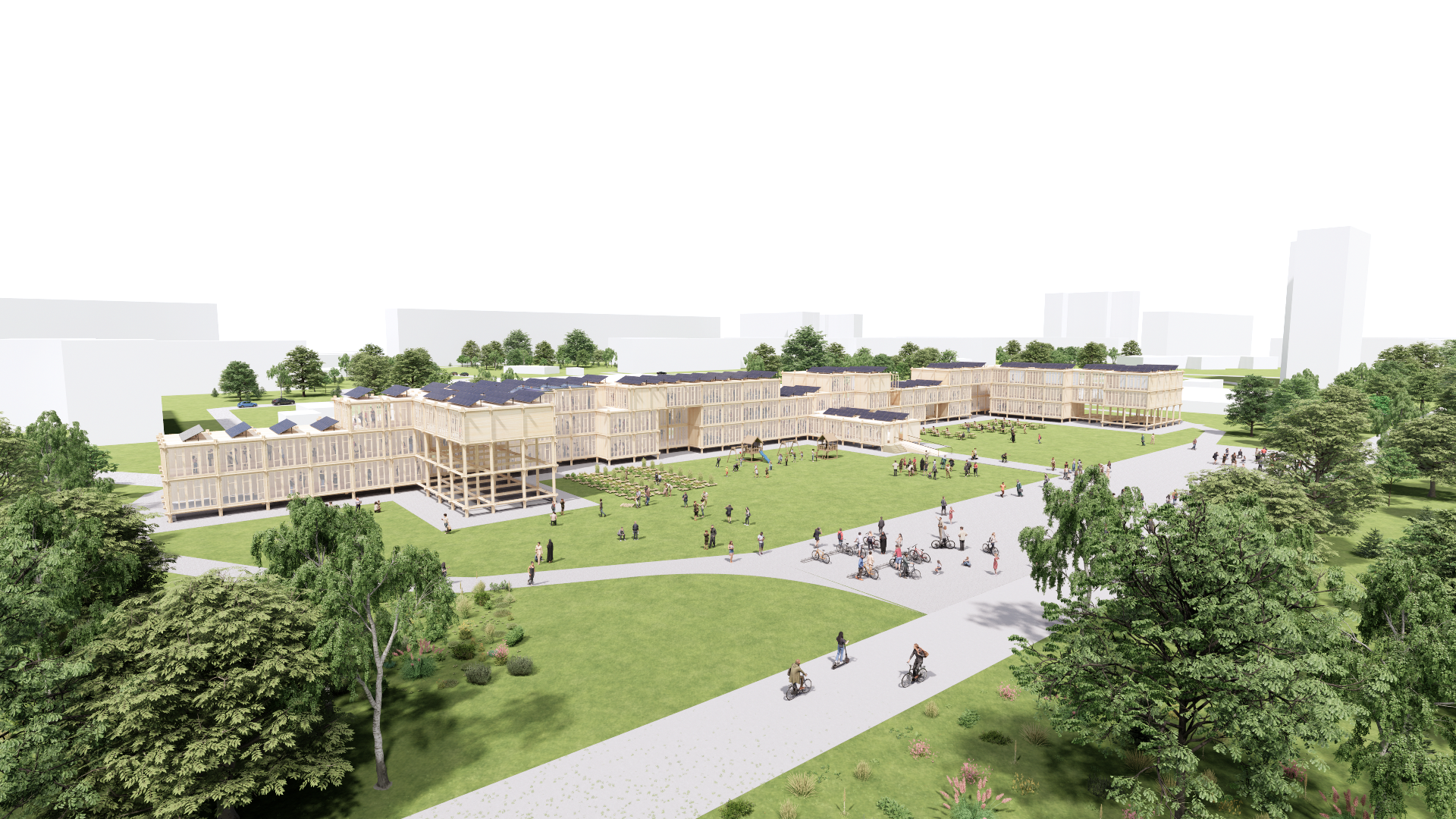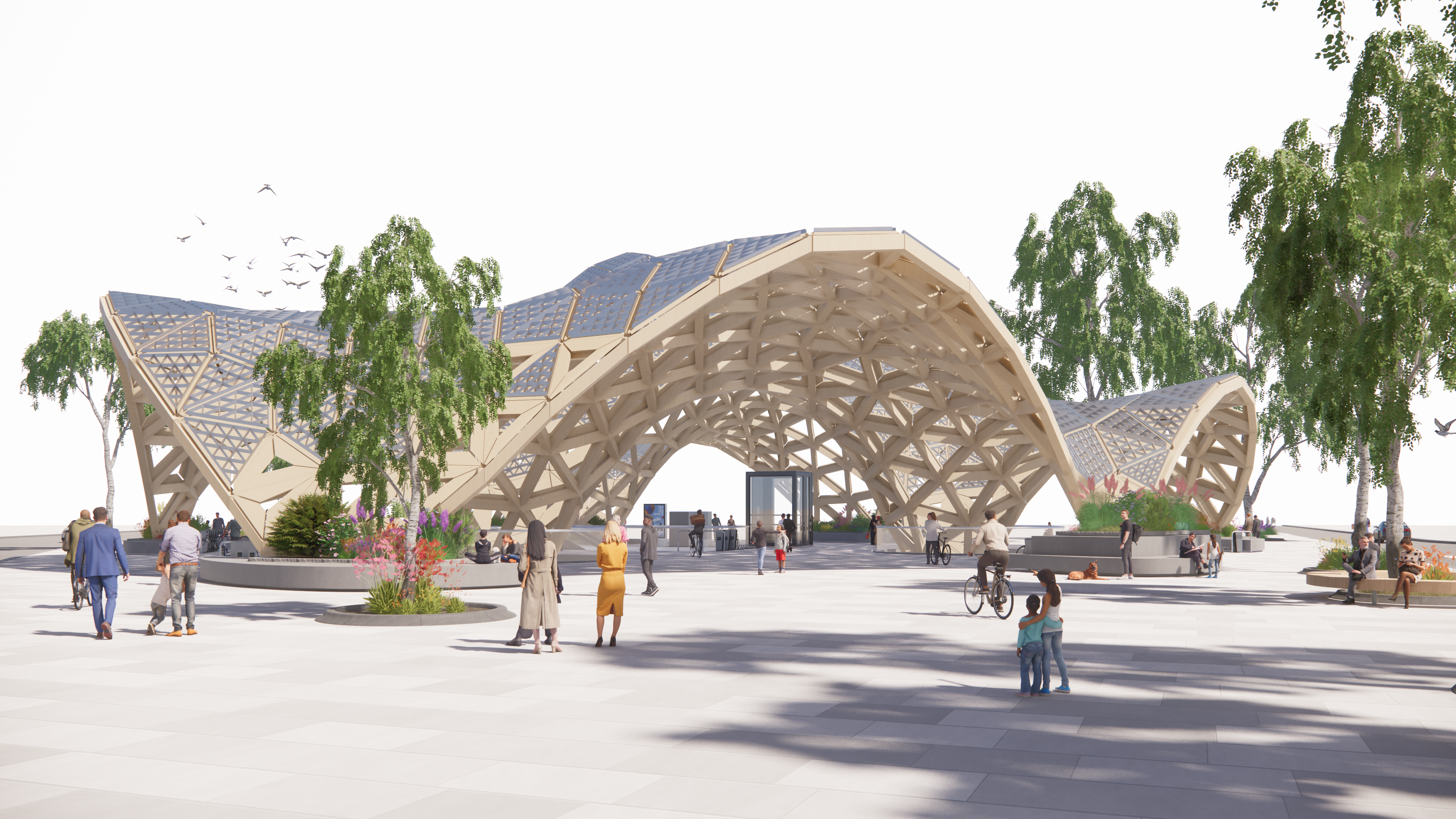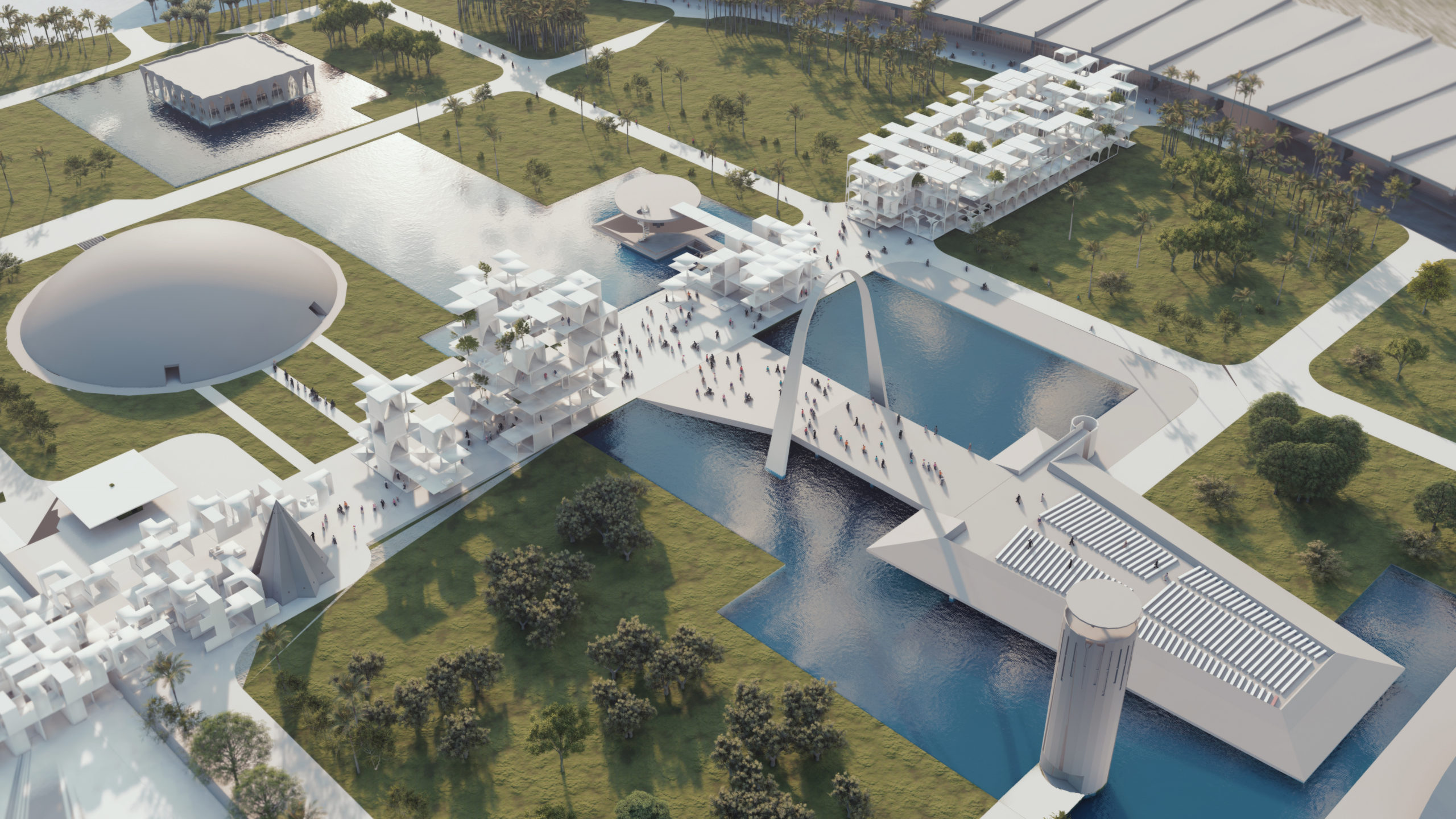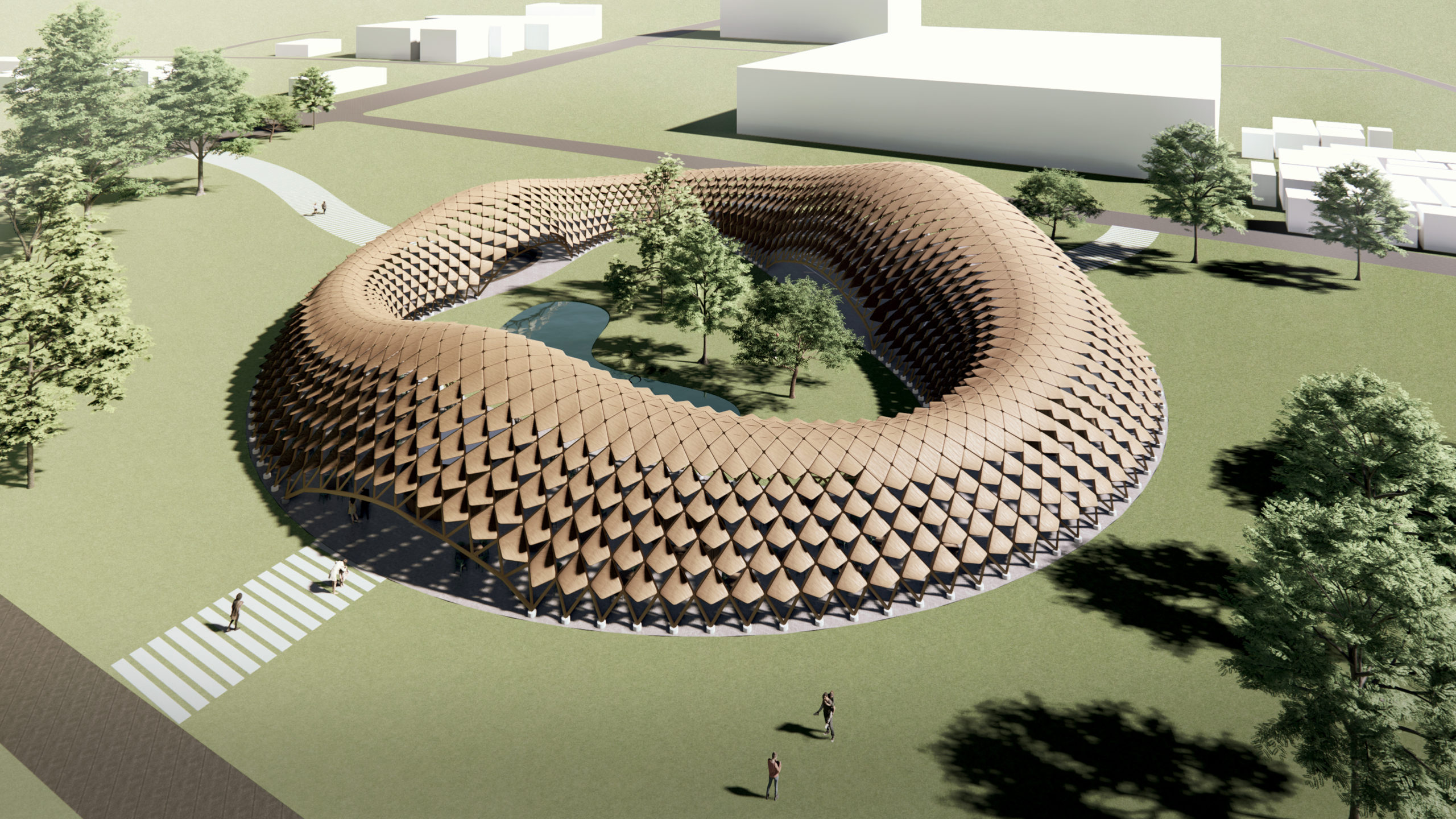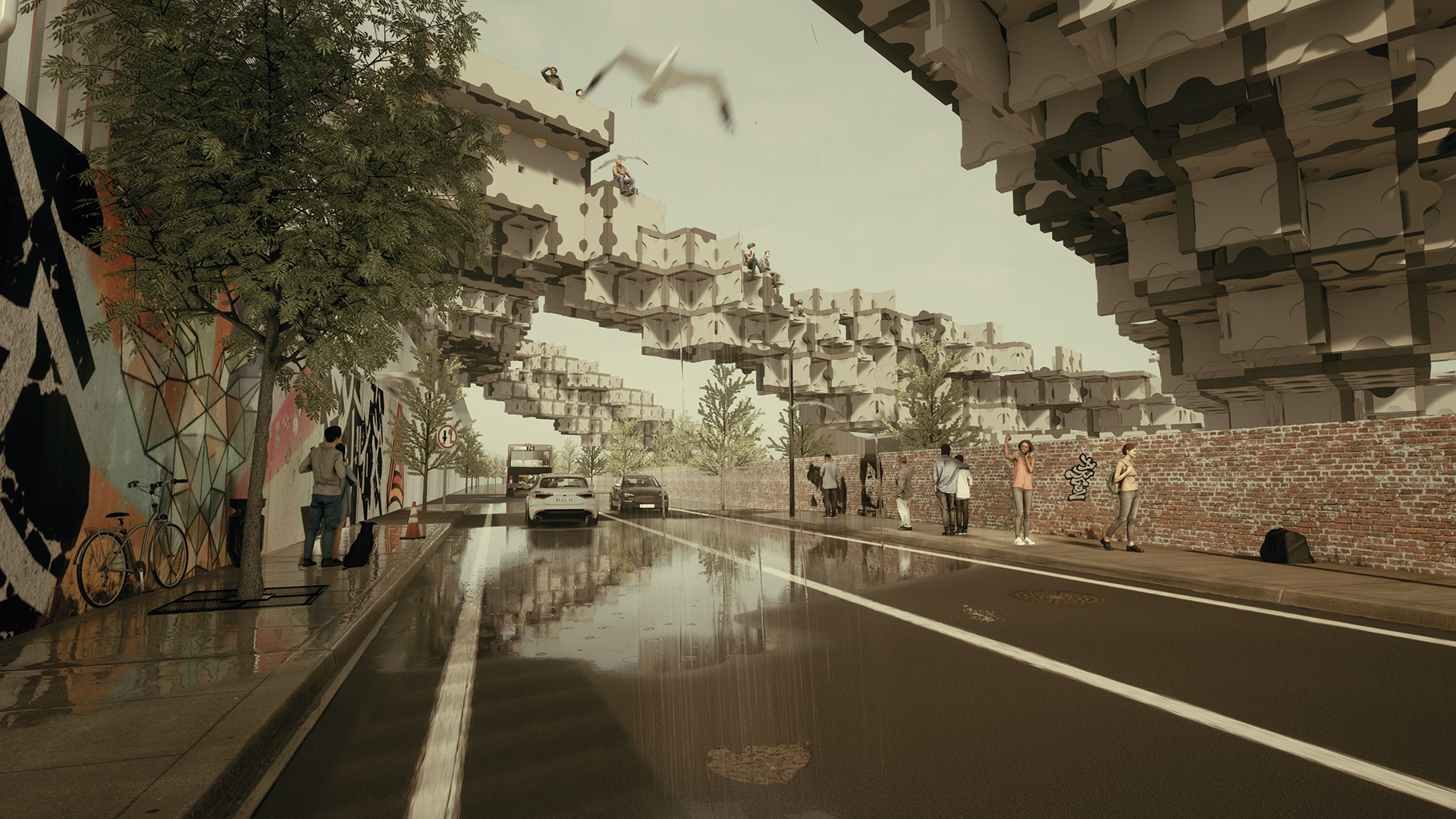Environmental and Structural Design Studio
With the growth of urban areas, cities are becoming focal points for human life, however they still lag behind in sustainability. When designing our built environment, it is therefore important to consider the consequences of human settlements on the health of ecosystems. Wood is a renewable resource that can contribute to sustainability in the construction industry. It may be difficult to think of wood as a sustainable material, since it is associated with deforestation. However, man-made construction materials like concrete and steel have a huge carbon footprint, causing even more damage to the environment.
Moreover, with the integration of computational technologies into architecture and advanced simulation tools, designers are not only capable of predicting the impact of external forces in the digital environment, but also create design workflows to have constant analysis feedback of the building performance, allowing to optimise the ecological footprint of architectural interventions.
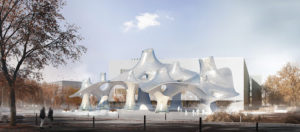
source: Airwell, Introductory Studio 20/21
Exploring the link between design form and functionality will allow the creation of a language that can be applied to an architectural project, this studio is centred in an investigation that creates a closer relationship between the designer, computer representation, sustainability and matter.
To allow a greater understanding of building performance, students will be directed to analyse critically novel existing projects. Through these case studies, students will be able to gather information which will guide them to generate advanced design strategies focusing on environmental and structural optimization.
Through constant discussion and feedback students will find new ways to extract and use data as the main design driver to develop an architectural project in the urban context. With the help of real time analysis students will be able to interact closer to the digital model, allowing them to better understand the behaviour of the building as the design evolves. The final outcome will be the design of a building structure and facade system that can respond to efficiency and sustainability.
The projects will have synergy with the rest of the digital tools seminars, allowing the students to apply the knowledge received into a practical and speculative design proposal. This investigation will propose a unique typology and technological mediation that can have a profound impact not only on local surroundings but can be applied on any context with similar issues.
Learning Objectives
At course completion the student will:
- Create relationships of architecture and design to allied disciplines.
- Apply architecture and design within an emerging global context.
- Understand fundamental concepts of computational design.
- Create digital tools applied to complex geometries and implement topological relations as a form finding tool.
- link between design form and functionality through investigative processes.
- Be able to conduct investigations and present their findings coherently in verbal and graphic formats.


